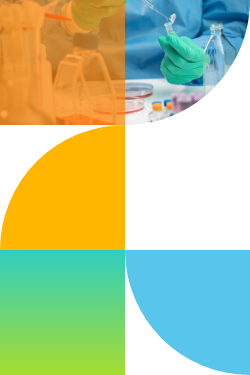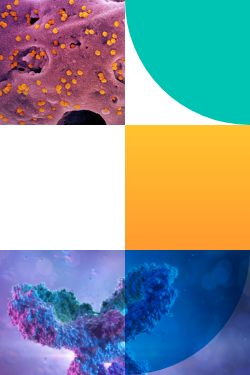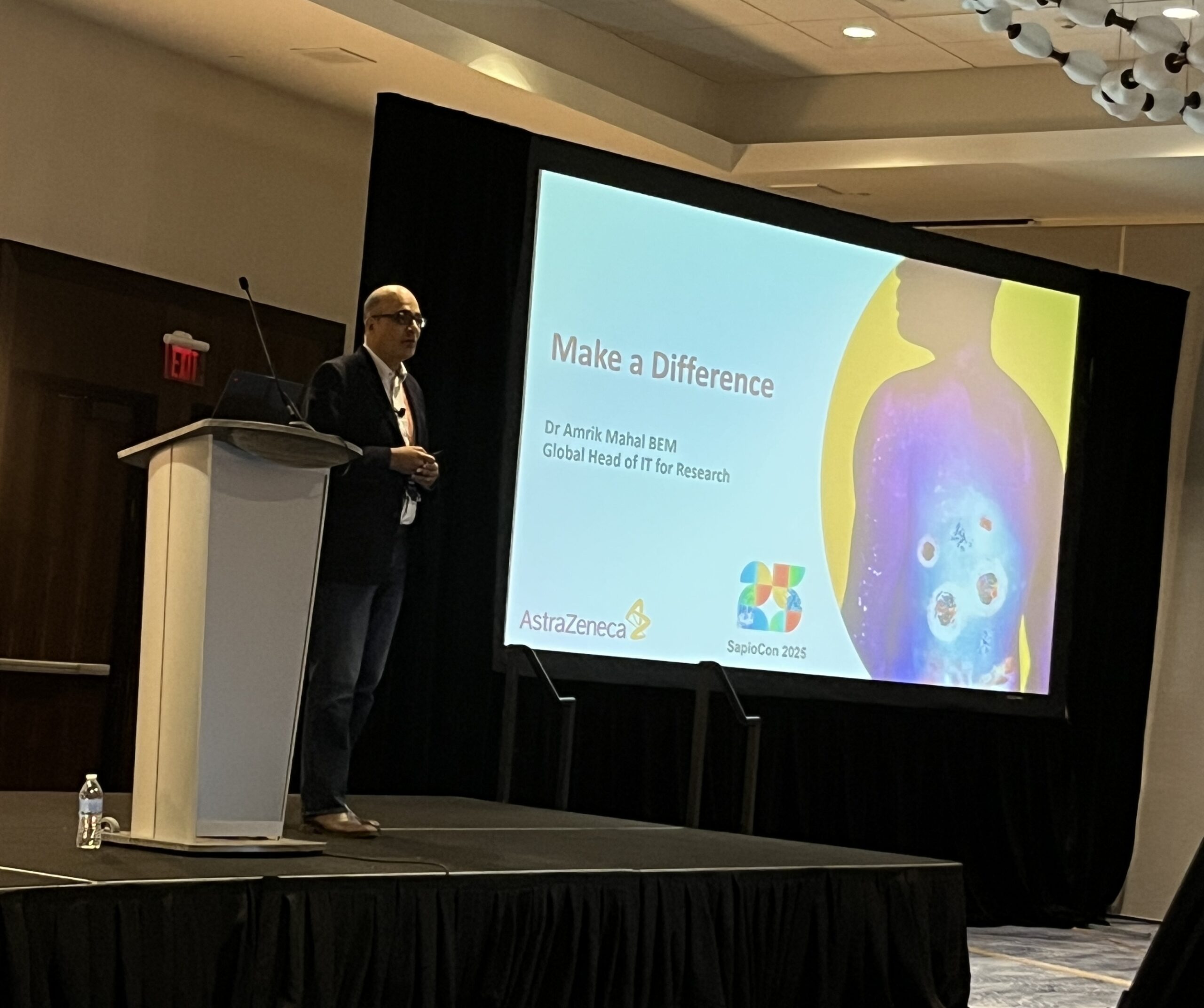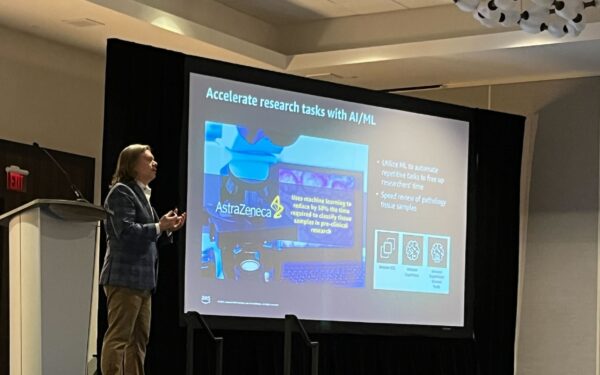Attending SapioCon 2025 was an eye-opening experience, but one session in particular stood out to me: Dr. Amrik Mahal’s keynote presentation, “Make a Difference.” As Global Head of IT for Research at AstraZeneca, Dr. Mahal shared a compelling vision for the future—one that resonated deeply with me as someone invested in the intersection of science and technology.
AstraZeneca has set bold goals: to become a $50 billion company by 2025 and to deliver 20 new medicines by 2030. But what struck me most was the sheer scale of the challenges standing in the way. Drug discovery is painstakingly slow, and data fragmentation is a persistent bottleneck. The solution? A radical commitment to digitalization, powered by a modern Laboratory Information Management System (LIMS)—specifically, Sapio Sciences’ LIMS software.
Why pharma needs to embrace digital transformation
The urgency of speed
One statistic from Dr. Mahal’s talk really stuck with me: from initial discovery to patient availability, drug development can take 10 to 15 years and cost up to $1.5 billion per drug. That’s an enormous investment—not just financially, but in terms of human lives waiting for new treatments. Given the urgent need for breakthrough treatments—especially in oncology, where 20 million new cancer cases were diagnosed in 2022 alone and 10 million die annually—accelerating drug discovery isn’t just an efficiency goal; it’s a moral imperative.
AstraZeneca’s Tagrisso project was a striking example. Tagrisso is an EGFRm+ non-small cell lung cancer (NSCLC) drug that came from a project that spent 34 months in the Design-Make-Test-Analyse (DMTA) cycle. If access to Tagrisso had been accelerated by 6 months, 490 NSCLC patients in the UK could have had their lives extended by 7 months (286 years cumulatively). That’s a powerful argument for why we need to rethink how we manage data, workflows, and research processes.
But beyond just speeding up development, Dr. Mahal emphasized that it’s about facilitating scientists’ work. “We don’t just hire top-notch scientists to do data wrangling,” he said. “We want to ensure they have the data in front of them so they can focus on making decisions. That’s what they studied for, and that’s what they should be doing.”
The burden of fragmented data
Hearing Dr. Mahal describe the large number of different scientific applications AstraZeneca’s scientists juggle daily made me realize just how complex and inefficient research environments can be. Siloed systems slow down decision making and increase the risk of errors. With more molecules entering pipelines and an increasing focus on biologics, managing vast amounts of data has never been more critical.
He also spoke about the importance of data standards, highlighting how preclinical and development data are relatively structured due to regulatory requirements, but early discovery data remains highly fragmented. AstraZeneca’s goal is to automate data capture from instruments, enforce standards, and create FAIR (findable, accessible, interoperable, reusable) data to improve AI-driven research.
For me, the takeaway was clear: For companies aiming to scale and innovate rapidly, a patchwork of disconnected systems is no longer viable. Instead, pharma organizations need a single source of truth data—an integrated digital ecosystem where data is unified, accessible, and actionable. Without a cohesive informatics strategy, research teams are just spinning their wheels.
Sapio LIMS: The game changer
AstraZeneca’s vision for digitalized research
One of the most exciting aspects of Dr. Mahal’s presentation was AstraZeneca’s decision to implement Sapio’s LIMS across its oncology teams. The choice wasn’t just about tracking samples or storing data—it was about transforming the way research happens.
Sapio’s LIMS stood out for a few key reasons:
- Configurable workflows that adapt to scientists’ needs, without requiring vendor intervention.
- Rich analytics to turn raw data into actionable insights.
- Scalability to support research teams as they grow and evolve.
- Regulatory compliance built into the system, ensuring seamless alignment with industry standards.
Dr. Mahal indicated why this configurability is essential: “Scientists want to change workflows themselves. They don’t want to wait weeks for IT or a vendor to make adjustments.” This level of adaptability ensures that innovation isn’t hampered by technical constraints.
From data chaos to data intelligence
I was particularly interested in how Sapio’s LIMS empowers scientists with real-time insights. Dr. Mahal made a strong case that collecting data isn’t enough—organizations must leverage it to make smarter, faster decisions.
By integrating Sapio’s platform, AstraZeneca can track trends, identify bottlenecks, and anticipate risks, all while reducing manual errors. In an industry where every day counts, this is a major advantage.
Additionally, Dr. Mahal spoke about AstraZeneca’s use of AI and Lab in the Loop (a concept where automated data capture and integration enable iterative learning in real time). “We need to digitize R&D processes, automate data collection, and make AI work for us,” he said. “Why should scientists have to manually retrieve and move data? That should be seamless.”
What does this mean for the industry?
Dr. Mahal’s talk wasn’t just about AstraZeneca’s strategy—it was a call to action for the entire pharmaceutical industry. His message was clear: companies that fail to embrace digital transformation will struggle to keep up.
For organizations looking to modernize, the key pillars of a successful informatics strategy include:
- Independence from vendors—giving internal teams the flexibility to make changes without external dependencies.
- Seamless data integration—ensuring all research teams work from a single, unified dataset.
- A standardized system across R&D and IT—enabling collaboration across disciplines.
As Dr. Mahal explained, AstraZeneca’s Five Rs framework—Right target, Right tissue, Right safety, Right patient, Right commercial potential—has guided the company’s focus on precision medicine. “The days of broad, one-size-fits-all drugs are over,” he emphasized. “It’s all about the data—choosing the right candidates and optimizing development from the outset.”
The industry is moving toward data-driven decision making, and those who don’t adapt risk falling behind.
Reflecting on the future of digitalized pharma
Walking away from Dr. Mahal’s keynote presentation, I felt a renewed sense of urgency around digital transformation. The future of pharma isn’t just about new discoveries—it’s about making those discoveries faster, more efficiently, and with greater impact.
AstraZeneca’s implementation of Sapio LIMS is a prime example of how smart technology investments can accelerate research, enhance compliance, and ultimately, save lives. It’s a model that other organizations should be watching closely.
Dr. Mahal left us with a powerful reminder of the stakes: By 2050, global cancer incidence is expected to reach 35 million. The need to accelerate drug discovery has never been greater. And as he put it, IT is no longer just a cost center—it’s a core driver of R&D innovation.
SapioCon 2025 made one thing clear: the future of pharma is digital. The only question is, “Who will lead the way?”





